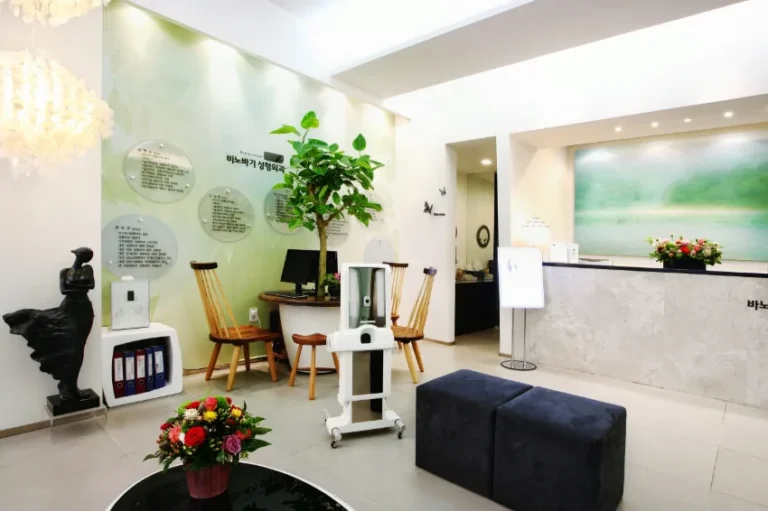As South Korea continues to lead the world in medical tourism for aesthetic surgery, including breast augmentation, more international patients are traveling to the country for high-quality, cost-effective procedures. But with the short recovery window most tourists have before flying home, one major concern remains:
“How will I get follow-up care after I leave Korea?”
This is where telemedicine has become a game-changer.
Korean plastic surgery clinics are increasingly offering telemedicine-based follow-up care to support international patients after they return to their home countries. From real-time video consultations to digital wound monitoring, this system helps maintain patient safety, continuity of care, and peace of mind—without requiring patients to return to Korea.
🌐 What is Telemedicine in the Context of Breast Augmentation?
Telemedicine involves the use of digital communication tools—such as video calls, secure messaging apps, or clinic portals—to offer remote medical consultation and care.
In the case of breast augmentation follow-up, it may include:
- Post-surgical wound checks via photo or video
- Monitoring swelling, bruising, and implant settling
- Assessing recovery complications (e.g., infection, asymmetry)
- Medication or scar treatment guidance
- Long-term surveillance (MRI/ultrasound planning)
- Answering patient concerns or cosmetic questions
📱 Telemedicine Tools Used by Korean Clinics
Korean clinics typically use familiar, easy-to-access platforms for overseas follow-up:
| Platform | Purpose |
|---|---|
| KakaoTalk / WhatsApp | Instant messaging and photo sharing for daily updates |
| Zoom / Google Meet | Video consultations with surgeons or nurses |
| Long-form communication, sharing test results or reports | |
| Clinic Portals | Some large hospitals have secure patient portals for uploading images, accessing care plans, and scheduling calls |
⚠️ Clinics emphasize HIPAA-like compliance and patient confidentiality, even in casual platforms like KakaoTalk.
🔍 When Does Telemedicine Begin?
Telemedicine typically starts after the patient leaves Korea, once the in-clinic recovery phase (usually 7–14 days) is complete.
📅 A Typical Follow-Up Timeline Using Telemedicine:
| Post-Surgery Day | Method | Purpose |
|---|---|---|
| Day 7–10 (in Korea) | In-person | Suture removal, healing check |
| Day 14–21 (home) | Video call | Visual check for swelling, skin condition |
| Day 30 | Photo submission | Monitoring breast shape, symmetry |
| 3 months | Messaging or call | Checking implant drop and scar progress |
| 6–12 months | MRI/Ultrasound (local) + report sharing | Long-term implant check |
| Annually | Optional video call or email | Continued care or aesthetic assessment |
🩺 What Conditions Can Be Safely Monitored Remotely?
Korean clinics have protocols for what’s safe to assess via telemedicine, and what might require in-person review by a local provider.
✅ Telemedicine is Suitable For:
- Mild swelling or bruising
- Implant position updates (drop-and-fluff stage)
- Scar healing
- Pain management
- Post-op garment instructions
- Scar cream, silicone sheets, or massage instruction
- Review of ultrasound or MRI results sent from the patient’s home provider
⚠️ Requires Local Evaluation:
- Severe pain or fever (possible infection)
- Rapid asymmetry or implant hardening
- Open wounds or persistent fluid buildup
- Suspected capsular contracture
- Complications requiring drainage or reoperation
💡 Most Korean clinics can assist patients in finding local surgeons or radiologists in their home country if complications arise.
🌍 Benefits of Telemedicine for International Patients
1. Continuity of Care Across Borders
Patients continue to be monitored by the same surgeon who performed the procedure, preserving surgical context and personalization.
2. Cost-Effective
Avoids the cost and logistics of returning to Korea. Most clinics offer complimentary follow-up via telemedicine for 6–12 months post-surgery.
3. Reassurance and Guidance
Reduces patient anxiety by providing immediate access to professional opinions—even across time zones.
4. Post-Surgical Education
Telemedicine allows for virtual tutorials on:
- Wearing compression bras
- Massaging the implants (if needed)
- Scar care routines
- Breast self-checks and implant monitoring
🏥 Clinic Case Example: Seoul Aesthetic Center
Seoul Aesthetic Center, a top-tier Korean plastic surgery clinic, outlines the following telemedicine process:
- Patients are assigned a multilingual coordinator
- After flying home, they must submit weekly photos for the first month
- A 30-minute Zoom consultation is scheduled at the 1-month mark
- Patients are encouraged to obtain a local ultrasound or MRI at 6 months, then send the results to the clinic
- Clinics provide a “Telemedicine Summary Report” for future reference or insurance
✈️ Things International Patients Should Do Before Leaving Korea
- Get clear instructions on which symptoms require remote check vs. emergency care.
- Request a wound photo guide so you know what angles to send.
- Obtain all discharge documents, including operative reports, implant serial numbers, and prescriptions.
- Confirm the clinic’s telemedicine hours and preferred communication apps.
- Know how to send MRI/ultrasound results securely.
🧾 Frequently Asked Questions
🗨️ Is there an extra fee for telemedicine?
Most Korean clinics offer free telemedicine follow-up for up to 12 months. However, some may charge for advanced or extended video sessions.
📋 Can I get a prescription remotely?
Yes, Korean clinics can recommend OTC products or issue referrals or treatment letters for your local doctor or pharmacy.
🧪 Can my clinic read my MRI from overseas?
Yes—if you upload DICOM files or images through email or their portal. Many clinics also partner with international radiologists.
💬 Final Thoughts
Telemedicine has become a vital bridge for international patients undergoing breast augmentation in Korea. It ensures that your post-op care doesn’t end when your flight takes off. From wound checks to breast surveillance, Korean clinics are equipped to offer global follow-up support—in real-time and in your language.
Whether you’re considering breast augmentation or already planning your trip, be sure to ask your clinic about their telemedicine protocols. It’s the key to safe, seamless, and stress-free recovery—no matter where in the world you live.




